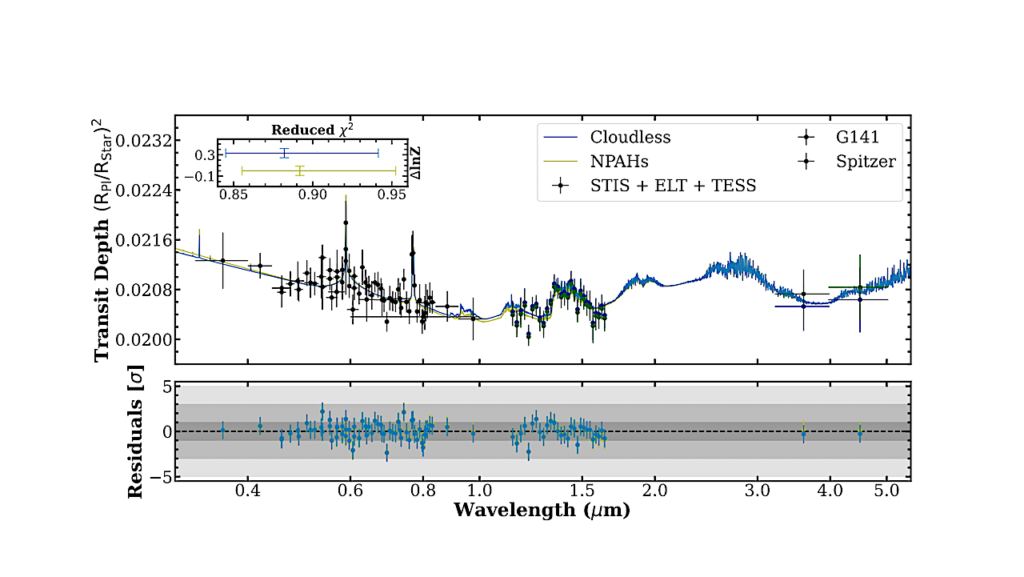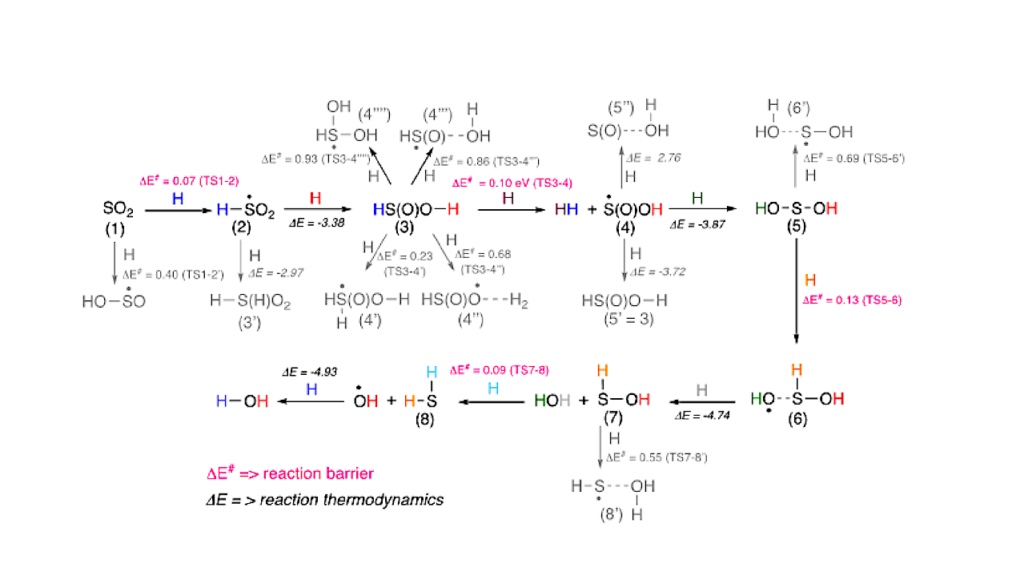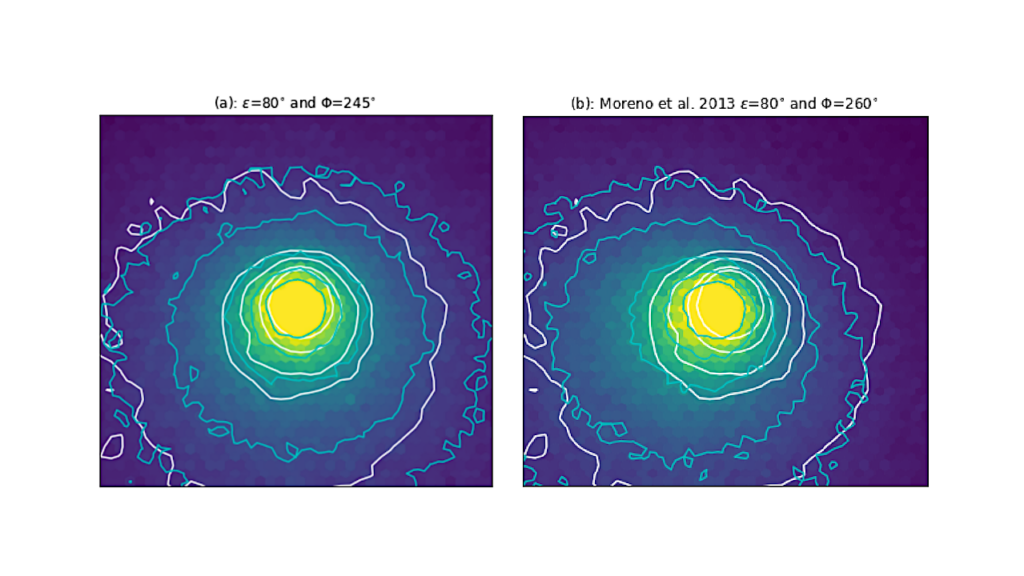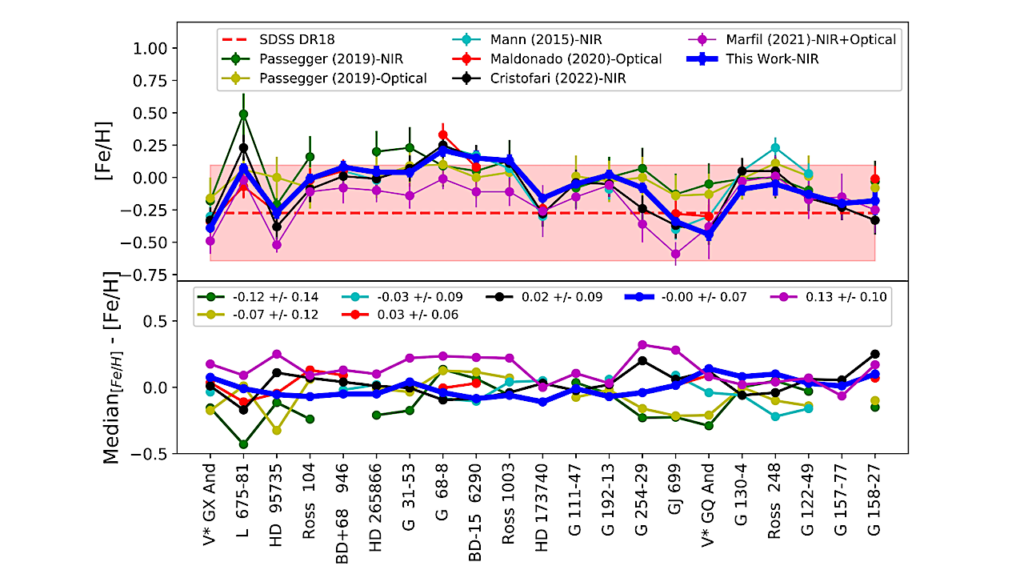Ethane Clathrate Hydrate Infrared Signatures For Solar System Remote Sensing

Hydrocarbons such as methane and ethane are present in many solar system objects, including comets, moons and planets.
The interaction of these hydrocarbons with water ice at low temperatures could lead to the formation of inclusion compounds, such as clathrate hydrates (water based host cages trapping hydrocarbons guest molecules), modifying their retention, stability and therefore evolution. The occurrence of {\cor clathrate hydrates} on solar system surfaces could be established by remote sensing of their spectroscopic signatures.
In this study, we measure and analyse ethane clathrate hydrate spectra recorded in the temperature range from 5.3 to 160K, covering most of the temperature range of interest for solar system objects. Specific infrared band signatures are identified for the ethane encaged guest. We provide evidence that ethane clathrate hydrate outcrops can be detected by remote sensing on the surface of planetary bodies.
Emmanuel Dartois, François Langlet
Subjects: Earth and Planetary Astrophysics (astro-ph.EP)
Journal reference: Icarus 357 (2021) 114255
DOI: 10.1016/j.icarus.2020.114255
Cite as: arXiv:2103.04928 [astro-ph.EP] (or arXiv:2103.04928v1 [astro-ph.EP] for this version)
Submission history
From: Emmanuel Dartois
[v1] Mon, 8 Mar 2021 17:39:53 UTC (1,127 KB)
https://arxiv.org/abs/2103.04928
Astrobiology, Astrochemistry








